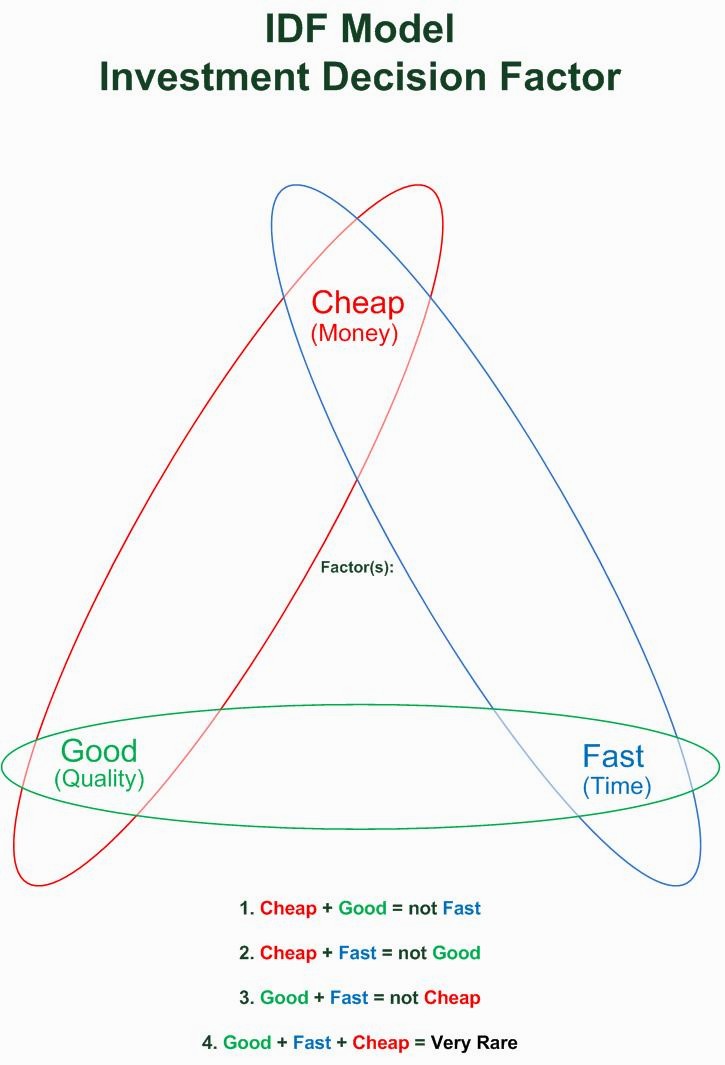Boost Your Productivity | Focus Work on Most Productive Day of the Week
Businesses should 'go with the flow' and organize their projects and work plans according to when their employees are most productive. This applies to the time during the day, but it also applies to the days throughout the week.
Most people assume that productivity steadily rises from a slow trough on Mondays and Tuesdays to peak on Thursday or even Friday.
Surveys of employees and businesses have produced some surprising results. These surveys have also provided some great tips for increasing productivity throughout the working week and during each day. This article discusses the findings and offers advice on how to boost your productivity.

A research study of more than 300 resource managers and their staff found that Mondays and Tuesdays were the most productive days of the week for most employees.
The surveys results showed that:
- 40% of human resources managers said Tuesday was the most productive day;
- 25% said the peak was on Monday and
- 14% for Wednesday and Thursday
- Friday was the least productive day of the week.
The reasons for this were:
► On Mondays employees start with a 'clean slate' and generally catching up on tasks not completed from the previous week and start planning for the new week.
► Tuesday is when most employees are really focused on the job at hand and are not cluttered with the dross that accumulates as the week progresses via emails and social media. As more tasks are added the work becomes more complex and difficult to manage via flawed multi-tasking processes. The clutter and chatter become more of a burden reducing productive.
► The response from this is that managers need to prepare on Thursday and Friday for the next week so that they can ride the peaks in staff productivity and output.
► If the manager's productivity peaks and troughs throughout the week matches that of their employees, the jobs may be allocated on Wednesday, Thursday and Friday when staff are less productive. Its is best to allocate the tasks on Mondays or Tuesdays.
Tips to Improve Productivity
There are a number of things that can be done to iron out the peaks and troughs of daily performance that were derived from interviewing staff and managers:
Halve the Job List and Set Job Limits
Encourage workers and managers to create a to-do list for the day. Keep the list short and stop 'expander job' lists by keeping a fixed job list - say 5 or 10 jobs. The idea is that new jobs cannot be added unless an existing one is dropped. If the list is too long, prioritize the jobs, as long, ever-growing lists builds frustration as there is no progress. Having shorter, more reasonable lists allows room for unexpected projects and setbacks. This keeps employees more satisfied and more productive.
Focus on Quality, not Quantity
Theoretically, multitasking is promoted as an ideal way to increase productivity. many companies teach their workers how to manage multiple tasks at once. The reality is that it is a killer of productivity and motivation. It often leads to oversights and errors as people rush and try to do too many things at the same time. It is better to have a list and to work through each one in turn, hiding the others until the first one is completed. The ideal to do list is not a list at all. It is a pile of 'stick-it' notes in a stack. At the start of the day write all the things you have to do on separate notes (5-10 limit). Then organize them into a stack in priority order. The advantage of this is that you only see the current job on top. You know you have planned for the others as they are in the stack.
Focus on Getting Jobs to Employees at the best time during the week, and during each day
Employees will do a better job when given jobs at the times they are the most productive. Every employee is different and you need to understand how and when they do their best work.
Get Rid of distractions and time wasters
Discuss these things with your staff to identify the things that waste most of their time and take steps to control them. This may mean making suggestions that meetings and email checking should only be done after 2-00 PM each day.
Use Simple Tools, Software and to increase productivity
There are a wide range of tools available to help people manage their work and time and to help them be more productive.